Top 9 Attractions and Activities in the Negev Desert
The magical Negev Desert in southern Israel takes up about 60% of Israel but is sparsely inhabited due to the harsh desert climate. When the State of Israel was established one of the goals set was to make the desert bloom and in many places that has been achieved.
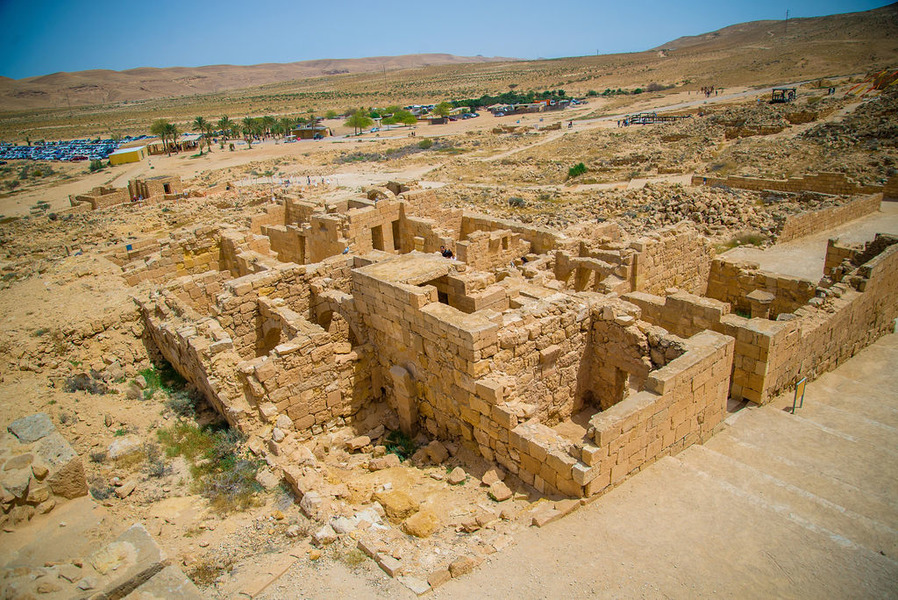
Mamshit Archeological Site, Israel. Photo credit: © Manu Grinspan. Published with permission of the Israel Nature and Parks Authority
The Negev also has a history dating back to the ancient trade routes and it is home to unique flora and fauna. The Negev is unlike any other area in Israel and shouldn’t be missed. The Negev Desert flows into the Judean Desert where you can also visit Masada, the Dead Sea and the Yotvata Bar Hai Nature Reserve, and Timna National Park in the Arava Desert.
1. Jeep excursions
On a Negev jeep tour, you can go deep into the desert, far off-road to places most people don’t get a chance to see. A guide will explain to you about the local fauna and flora and you will be able to race across the dunes, drive through dry desert valleys and stop to boil up a pot of coffee in the wilderness.
There are “wet” jeep tours that take you to desert springs; jeep tours where you can learn about following animal tracks; night jeep tours; survival jeep tours; tours that take you to Nabataean ancient sites and jeep tours that visit Bedouin villages. Tours leave from several points in the Negev including Mitzpe Ramon and Kibbutz Sde Boker.
2. Camel Riding Excursions
If you want to take things at a slower pace and retrace the steps of ancient camel caravans then take a camel riding excursion into the desert. The “ship of the desert” is a great way to enjoy the scenery, learn about the unique desert environment and gain an understanding of what it was like to travel across the Negev hundreds of years ago.
There are a number of places where you can join a camel tour including Mamshit Camel Farm, Kfar Hanokdim, and the Negev Camel Ranch. There is no prior experience needed and camel riding tours are suitable for all ages. There are tours lasting 1-4 hours.
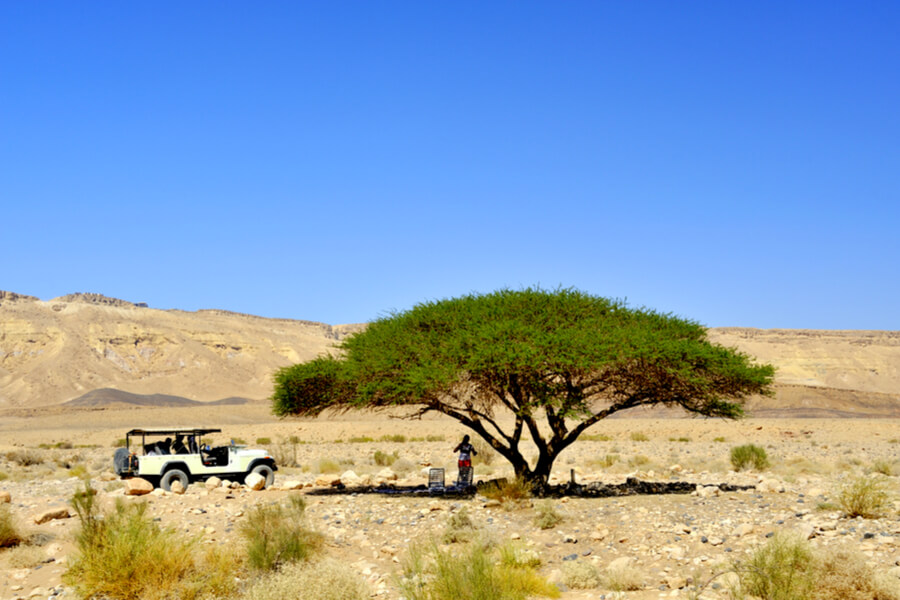
Safari Jeep Tour. Photo credit: © Shutterstock
3. Ramon Crater
The Ramon Crater or Makhtesh Ramon is a huge naturally formed crater 38km long, 450 meters deep, and 6km wide. It is best reached via the town of Mitzpe Ramon where there is a Visitors Center overlooking the crater. From here you can take hiking tours, jeep tours into the crater, and abseiling excursions where you get to climb down the side of the steep crater.
4. Alpaca Farm
There is a welcoming alpaca farm in the heart of the Negev where you can learn about the creatures, pet them, feed them and even stay the night. You can also meet other animals which live on the farm like angora sheep, llamas, donkeys, horses, and camels. There are walking trails on the Alpaca Farm which meander through the untouched desert landscape. Kids can have a ride on the alpacas and you can learn about the alpaca wool production process.
5. Negev Wine Tasting
The ancient Nabataean civilization cultivated vineyards in the Negev thousands of years ago using a sophisticated irrigation system. The first modern-day winery in the Negev was planted by Carmel Winery in the Ramat Arad area in 1988, then other wineries and vineyards have sprouted up across the otherwise barren landscape.
There are now several wineries so that it is possible to follow a Negev wine tasting route along Route #40. Wineries that welcome visitors include the Yatir Winery, Midbar Winery, Sde Boker Winery, Neot Smadar Winery, Carmel Avdat Winery, Rota Winery (where there is also a fruit farm where you can do your own fruit picking in the summer), and Kadesh Barnea Winery.
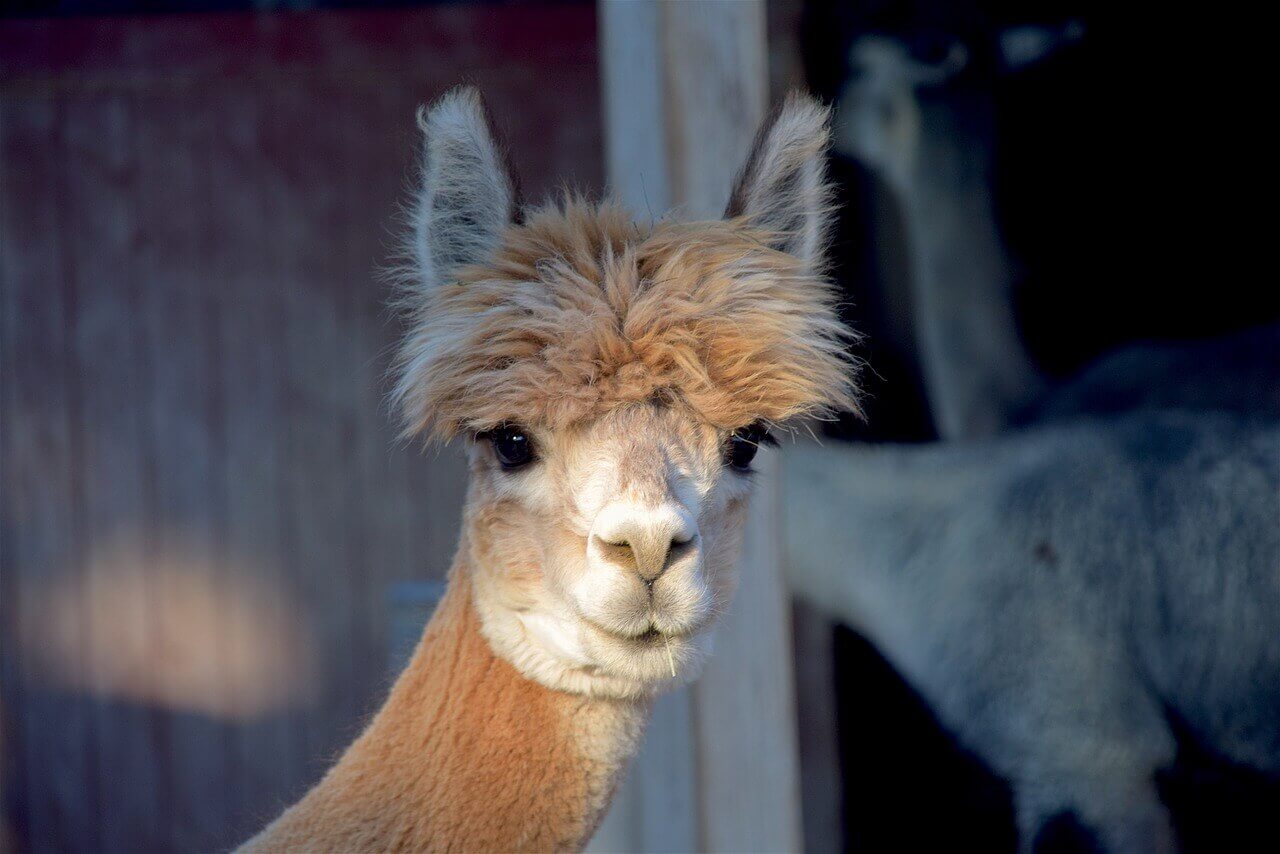
Alpaca farm in the Negev Desert. Photo credit: © Shutterstock
5. Sand Surfing
This unique desert experience takes you out to the Negev sand dunes in a 4X4 jeep. Once there you get to slide down the soft dunes on specially designed boards that resemble snowboards but without the footholds. The activity is suitable for those over 2 years old and you don’t need any prior experience. Sand surfing is usually combined with a jeep tour, a historical site, or a desert village for lunch.
6. Kibbutz Sde Boker
This kibbutz is famed as the former home of David Ben Gurion, the first Prime Minister of Israel who moved here in 1953. Today Ben Gurion’s former home has been turned into a museum where the original furniture, mementos, and personal items of Ben Gurion and his wife have been preserved.
Ben Gurion had a passion for the Negev and the small community. He lived here until his death and over the years he welcomed many dignitaries and world leaders. While at Sde Boker you can visit Ben Gurion's tomb, the Sde Boker Winery, and the Sde Boker Field School.
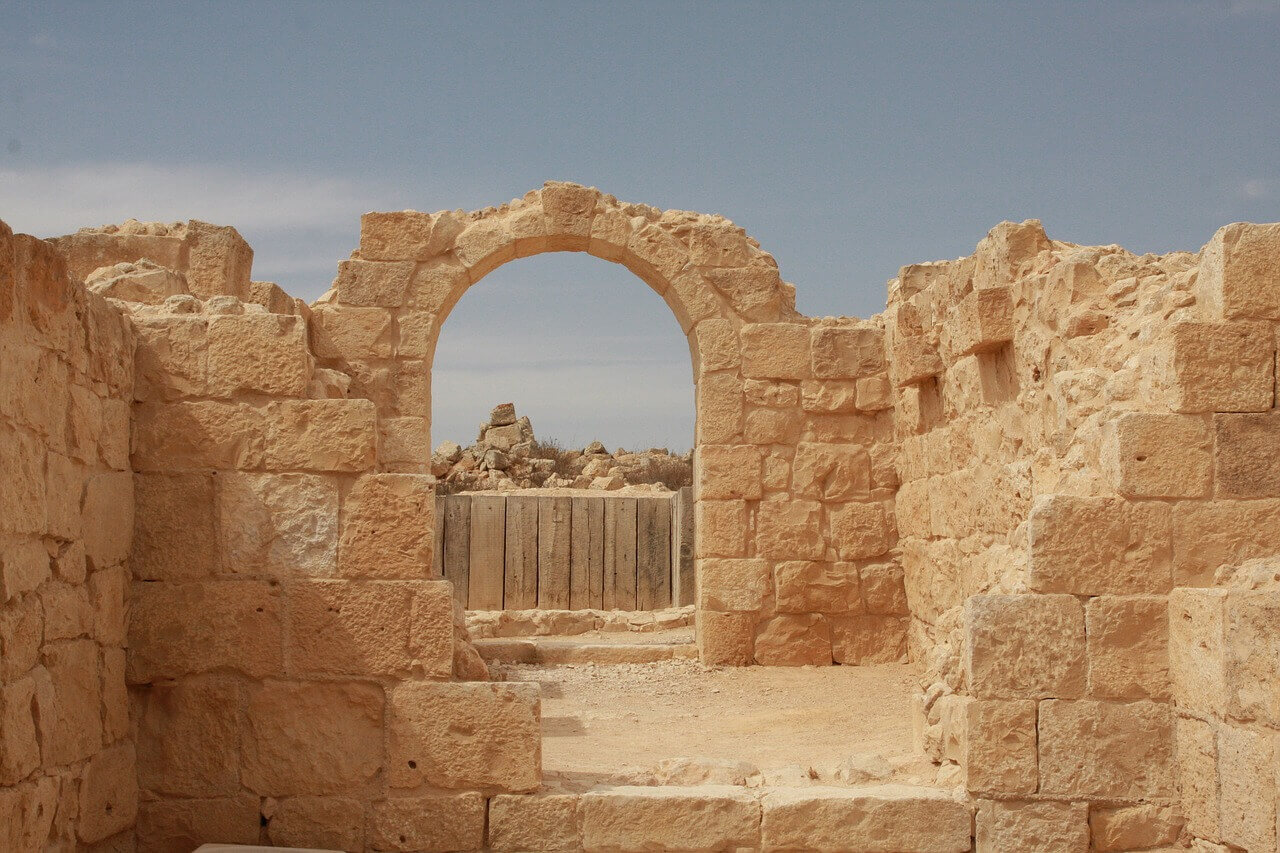
The archeological site of Avdat, Negev Desert, Israel. Photo credit: © Shutterstock
7. Avdat
This is a UNESCO World Heritage Site as it was one of the most important Nabataean, Roman and Byzantine sites settled in the 3rd century BC along the Incense Route. Here you can see the ancient remains of a Nabataean tomb, a Roman-era residential area, and the remains of a Byzantine fortress, Byzantine bathhouse, wine press, cistern, and ancient Sacred Precinct. There are also two 4th century churches nearby. Perhaps the most important ancient remains are of the Nabataean Temple of Oboda.
8. Hiking
There are many marked hike trails through the Negev for those of all levels of ability. The trails are color-coded to keep hikers on track. Many of the trails take you to the oasis where there are deep canyons, waterfalls, and hidden natural spring pools.
Some of the most popular routes are the Mamshit Loop, passed the Nabataean city; Mt. Ardon, with a challenging climb; Zin to Ramon, a six-day trek passed mountains and springs; Wadi Shua, with hidden gems; Wadi Mamshit; Ramon’s Tooth passed beautiful rock formations and the Hemet Cistern Loop with great views of the Ramon Crater.
9. Bedouin Hospitality
The Bedouin people still live in the deserts of Israel with several communities in the Negev. They have a unique and fascinating culture and there are several places in the Negev where you can be a guest in a Bedouin tent and experience their traditional hospitality. Bedouin hospitality includes traditional food, musical performances, tea, coffee, camel rides and even sleeping over in the Bedouin tent under the desert sky.
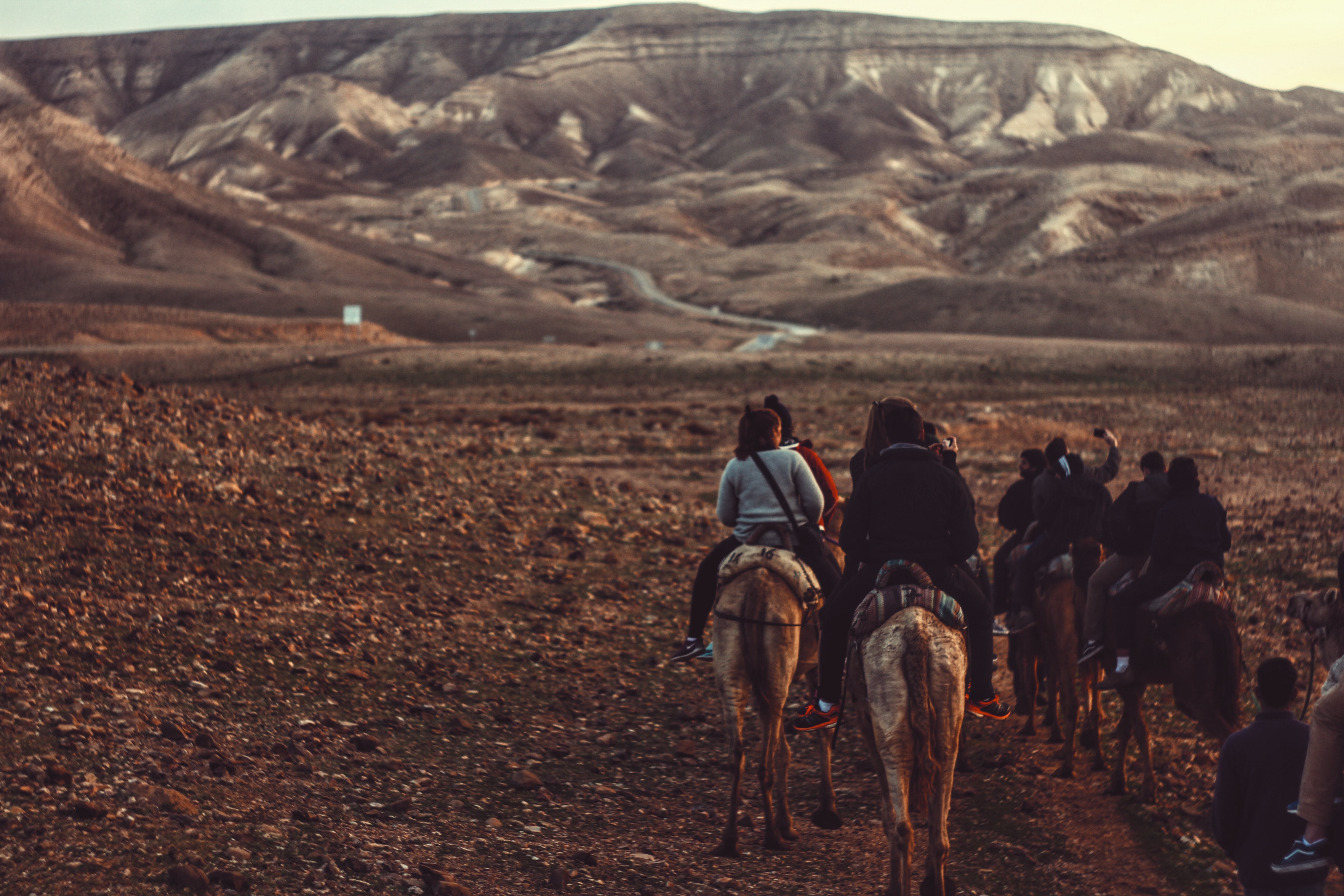
Сamel riding with Bedouins in the Negev Desert. Photo by Greta Schölderle Møller on Unsplash
 Login / Register
Login / Register
 Contact Us
Contact Us
 Certificate of Excellence
Certificate of Excellence Guaranteed Departure
Guaranteed Departure Low Prices Guaranteed
Low Prices Guaranteed 24/7 Support
24/7 Support




